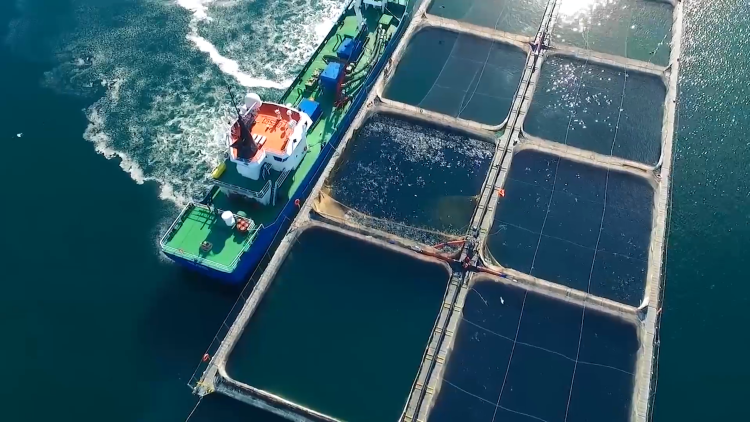No. Skretting feeds do not contain any growth-promoting hormones. In some markets, antibiotics are added to Skretting feed upon customer request and per veterinary prescription, in accordance with specific rules established by law. The requirement of veterinary prescription ensures that the usage is well documented and justified, based on a proper diagnosis thus helping to reduce the unnecessary use of antibiotics.
Medicines can only be used in the event of disease, never as a preventative measure or as growth promotor. In order to reduce the risk of transferring traces of antibiotics in treated animals to consumers, medicated feed containing antibiotics must be produced and administered under strict controls. A “withdrawal period” must be adhered to, which is the set period of time required between treatment and harvest. This ensures that the medicine is no longer present in the fish when being consumed.
Skretting is strongly working towards reducing the use of antibiotics through recommending best husbandry practices, encouraging the use of vaccines and promoting the use of functional diets to minimise the risk of disease. Even though we strive to keep the animals healthy and free from disease, bacterial diseases do inevitably occur. In some of these cases, antibiotic treatment still plays an important role in relieving animal suffering, safeguarding animals health and welfare. The central principle is therefore to use antibiotics responsibly, as little as possible and only when necessary.
The newly published ESVAC report, representing data from 31 countries within EU/EEA, shows that the use of antibiotics in animals is continuously reducing, with a drop of 34% in sales of veterinary medicines between 2011 and 2018. Measures such as national action plans for prudent use of antibiotics in animals and restriction on use of certain antimicrobials in food-producing animals have contributed to this decrease.
